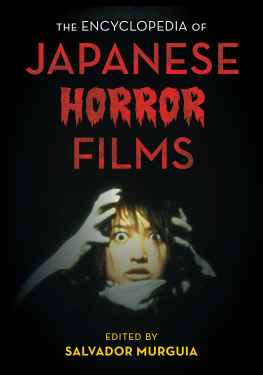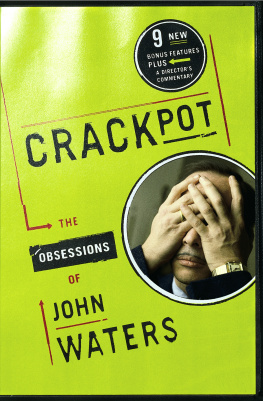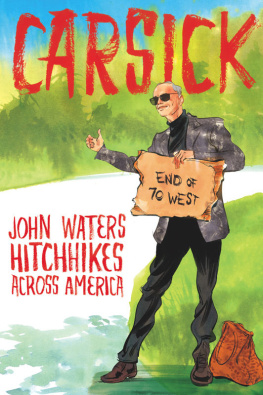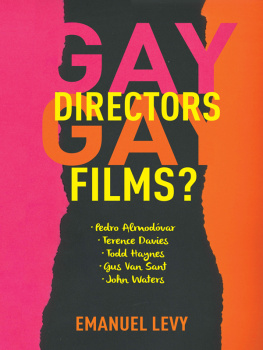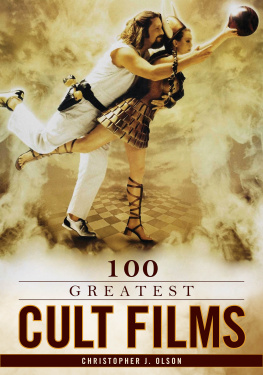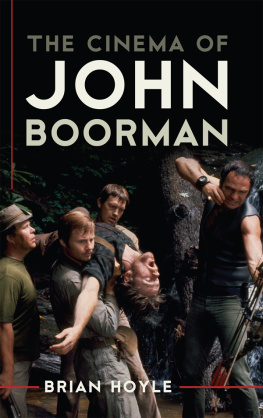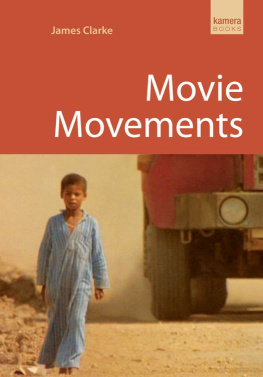John Waters: Interviews
Conversations with Filmmakers Series
Gerald Peary, General Editor
John Waters
INTERVIEWS
Edited by James Egan

www.upress.state.ms.us
The University Press of Mississippi is a member
of the Association of American University Presses.
Copyright 2011 by University Press of Mississippi
All rights reserved
Manufactured in the United States of America
First printing 2011
Library of Congress Cataloging-in-Publication Data
Waters, John, 1946
John Waters : interviews / edited by James Egan.
p. cm. (Conversations with filmmakers series)
Includes index.
ISBN 978-1-61703-180-9 (cloth : alk. paper) ISBN 978-1-61703-181-6 (pbk. : alk. paper) ISBN 978-1-61703-182-3 (ebook) 1. Waters, John, 1946Interviews. 2. Motion picture producers and directorsUnited StatesInterviews. I. Egan, James. II. Title.
PN1998.3.W38A3 2011
791.430232092dc22 2011015420
British Library Cataloging-in-Publication Data available
Contents
The Baltimore Evening Sun / 1965
John G. Ives / 1992
Danny Fields and Fran Lebowitz / 1973
Bill George and Martin Falck / 1974
Louis Postel / 1977
Gerald Peary / 1997
Scott MacDonald / 1982
David Chute / 1981
Claude Thomas Brooks / 1982
Kevin Lally / 1988
Pat Aufderheide / 1990
James Grant / 1994
Gerald Peary / 1997
Jamie Painter Young / 2000
J. T. Leroy / 2000
Jenny Stewart / 2005
Todd Solondz / 2004
Dennis Cooper / 2004
Steve Appleford / 2007
Michael Franco / 2007
Randy Shulman / 2009
James Egan / 2010
Everett Lewis / 2011
Introduction
I have known John Waters for over thirty-seven years now. I was twenty-four when we first met in Baltimore at a birthday party for Divine. My roommate at the time, Margaret, took me as her date. I had just finished college and was working at my familys insurance agency. At the time, I was living downtown, which was basically abandoned at night as everyone fled at five oclock for the safe suburbs (with good reason as Baltimore had been declared the murder capital of America). The party was held at Leadbetters, a hole-in-the-wall dive located in Fells Point, a small pocket of urban renewal on the edge of East Baltimore, the neighborhood setting for some of Waters movies. The streets that night were foggy and empty as we made our way to a bar sign hanging on a converted eighteenth-century waterfront warehouse. You could hear the loud music blasting from within. I entered and encountered a scene right out of a Pasolini film. At the center of the smoke-filled room was the Egg Man from Pink Flamingos, Paul Swift, completely naked and playing pool with fellow Dreamlander David Lochary. Leaning against the pool table with her back to me was a thin woman with beautiful straight black hair down to her waist wearing stilettos. When she turned to look at me, I was stunned; she was actually a very ugly man.
I felt my brain twist trying to comprehend what I was seeing and then I felt a sudden sickness in my stomach. Before I could flee, Margaret grabbed my arm and dragged me to the bar to buy her a drink. There leaning on the corner of the bar was John Waters, twenty-seven years old, surrounded by a coterie of admirers, puffing on a Kool cigarette and looking more like a young David Niven then the Prince of Puke. That night, I met Waters star, Mary Vivian Pearce, who was stunning in full Jean Harlow makeup, wearing a sheer dress so that you could clearly see her black lingerie underneath. After a few drinks I asked her out on a date. She seemed amused by the concept but accepted. I gave her my telephone number. She wouldnt give me hers.
Shortly thereafter I got a call, not from Mary Vivian but from John. He needed production insurance for his next film in case someone sued him. What immediately impressed me in the conversation was Johns serious, no-nonsense business manner. Without my fathers knowledge, I sent the insurance application off to Lloyds of London, describing the risk as Female Trouble, a childrens fantasy film. It was immediately approved and my life in Baltimore immediately improved. When my father found out what I had done, he insisted that I go to the film set to make sure nothing happened. The day I showed up, John was shooting the crowd scene reactions to Divines trampoline act where shim points the gun at the audience. John was in complete control of the set, almost feared. There was no party atmosphere. And despite the large number of extras, everything went smoothly and professionally. I was impressed and relieved when John finished Female Trouble on time and with no insurance claims.
In my research for this anthology I have found a similar reaction by most of the interviewers when they first meet John Waters. They expect this wild outrageous personality and instead they encounter an articulate, well-read, extremely polite gentleman. John is known for his impeccable manners. When I traveled to Baltimore to visit the Maryland Room at the Enoch Pratt Library, the curator of the collection effused about the thank-you note that he had received from Mr. Waters for helping him with research. The Maryland Room is a repository of the nearly four-hundred-year history of this original colony founded as a religious safe haven for Catholics. John was raised Catholic, and his reaction against Catholicism is an important theme in his work and now archived in this hallowed hall.
The curator pulled out a card catalogue drawer dedicated to John Waters. To his and my surprise we discovered an old faded newspaper clipping stapled to one of the catalogue cards. It was the article I chose to open the book. Published in the Baltimore Sun in 1965, it is the first article to appear about Waters in a major newspaper. It clearly shows that that even at age nineteen, he knew how to use controversy to draw attention to his first film, Hag in a Black Leather Jacket. The article ends on a quote by his mother. She explains why her teenage son decided to give up putting on puppet shows for childrens birthday parties and started making movies: It became embarrassing. Little did she know just how embarrassing it would become.
Shortly after meeting John, I was invited to his apartment at Temple Gardens overlooking Druid Park Lake. I was surprised at how meticulously it was organized. It felt more like a library with the floor-to-ceiling shelves of books lining the walls. There were even periodical polls carefully lined up holding daily newspapers from all over the country. John Waters was then and still is a daily voracious reader of magazines, newspapers, and books. I believe that John Waters is one of the countrys leading experts on contemporary American culture.
By age nineteen Waters was already escaping to New York City to watch avant-garde films by the Kuchar Brothers and Warhol to name just two. His early influences and development as a filmmaker are covered in detail in one of the most comprehensive interviews, conducted by John Ives and excerpted from his book John Waters: An American Original. Mr. Ives is an entertainment attorney/film producer. My favorite section is his cross-examination of Waters about his creative process. It results in a detailed revelation of how he goes from concept to profuse notes to screenplay to the final print. John laments: The day you make up the idea is the best. Making that real is always downhill, but you are not supposed to say that.
Next page

